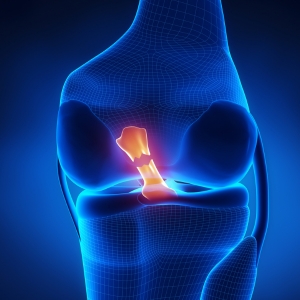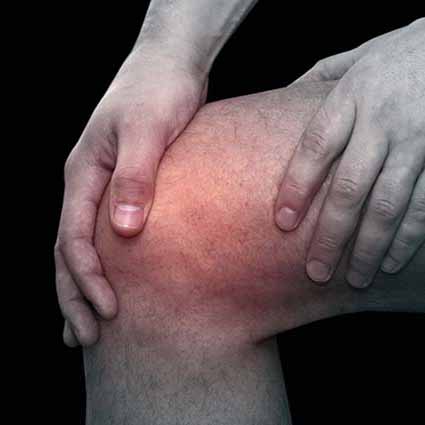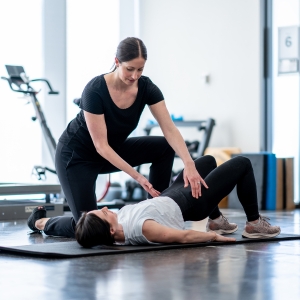The pelvic floor muscles span the bottom of the pelvis and support the pelvic organs (bladder and bowel, and uterus (womb) in women). These muscles are very important for closing the bladder and bowel openings, hence preventing unwanted leakages.
Exercising pelvic floor muscles is a great way to improve overall strength in this area, while also providing additional health benefits such as improved posture and improved continence.
If the pelvic floor muscles become slack, women may find that later in life (particularly post-menopause) they have stress incontinence, where a little urine leaks when coughing, laughing or sneezing. Weakness in the pelvic floor muscles can also result in a prolapse where the bladder, bowel or uterus slip down or protrude. This is a condition that usually requires surgical repair.

Pelvic floor exercises
Position
Start practicing these exercises by lying on the back, side or front, and gradually progress to standing, sitting in a chair with the knees slightly apart, then squatting.
Methods
Imagine trying to stop the flow of urine; the feeling is one of squeeze and lift, closing and drawing up both front passage and vaginal opening. When doing these movements, do not hold the breath, or squeeze the bottom or thighs together, but do relax and breathe normally. When the move or sensation can be mastered, the exercise can be practised anywhere, anytime, except urinating as it will increase bladder hypersensitivity and increase the risk of urinary tract infection.
There are two ways to do this exercise:
- For Strengthening = Quickly, with repeated squeezing and relaxing of the muscles.
- For Endurance = Slowly, squeeze the pelvic floor muscles up slowly, hold the contraction for as long as possible (keep breathing!) then relax slowly.
To progress the endurance capacity of these muscles, imagine that the pelvic floor is a lift in a lift shaft. When not consciously contracting the muscles, it is at ground floor. Try to contract a little bit and raise the “lift” to the first floor, then a little more to the second floor and then to the third floor. Squeeze as much as possible, hold it there and keep breathing, now, take the lift back slowly to the second floor, then to the first floor and then to ground. Going down is much harder than going up.
| Programme… VERY IMPORTANT Strength: On Monday, Wednesday and Friday Fast contractions 10 times. Repeat three times a day Endurance: On Tuesday, Thursday and Saturday Follow the instruction for the endurance exercise. Contract the muscles and hold for 5 seconds Repeat 10 minutes, three times a day |
Test the pelvic floor muscles
A woman sometimes leaks urine when coughing or sneezing or lifting anything heavy. To help prevent this, squeeze and lift the pelvic floor first. Women should not get into the habit of going to the toilet just in case - this makes the bladder hypersensitive.
After three months of exercise, test whether the pelvic floor is working well. Try one of these methods when the bladder is full. There should be no leakage:
• do a stride jump and cough at the same time
• squat fully and then cough deeply
If there is no leakage or other problems, then these squeeze and release exercises can be performed every day for life. If, however, there is leakage or other concerns, consult a doctor. Meanwhile, physiotherapists can offer advice on how to retrain these muscles.
Call us at 2537 7407 to arrange an appointment with our medical professionals, or simply click the link below to book online:
Articles on this website are informative only and not intended to be a substitute for professional medical advice, diagnosis or treatment. They should not be relied upon for specific medical advice.

Information provided by:
Physiotherapy Department, Matilda International Hospital










